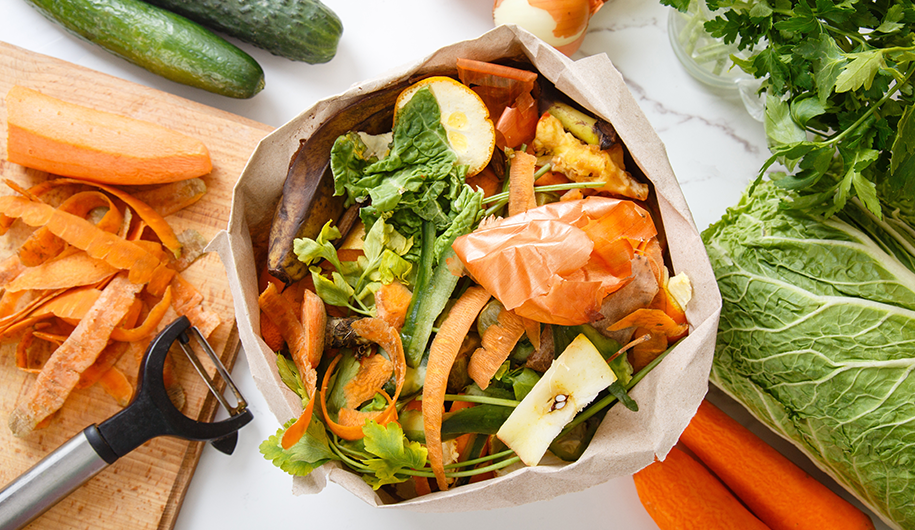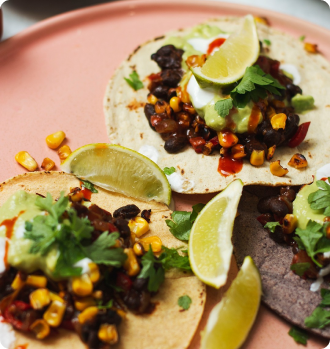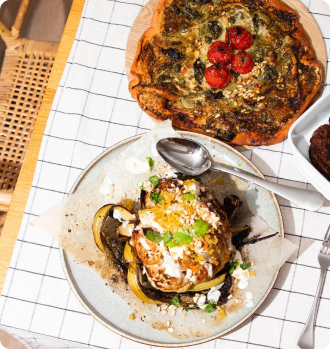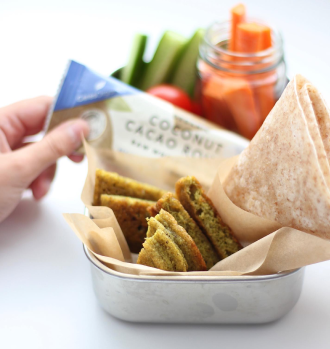
Composting! A hot topic on everyone's lips and we are not surprised why. Did you know
According to 'Love Food Hate Waste NZ' New Zealand households throw away 157,389 tonnes of food a year. That amount of food could feed the population of Dunedin for nearly three years.
Instead of throwing your food in the bin why not use it to create nutrient-rich compost for your garden and do your bit to support mother nature.
You don't need a large space or big garden to start there are so many different types of compost bins that will suit your situation.
All you need is
-
A bare patch of dirt or compost bin
-
Garden soil
-
Shovel
-
Garden fork
There's really no excuse now!
We have spoken to Katrina Wolff from Blue Borage NZ to get all her tips!
If you are new to composting, then here are some tips that you may not have thought of:
1. Find a compost bin that’s really easy to use. My ideal is a system that only needs one hand to open and shut - that way you can hold your bowl or bucket of food scraps in one hand, open the compost bin with the other, tip the contents out, and be done in a matter of a few seconds.
2. Use a mixture of browns and greens.
3. Greens - think wet and nitrogen-rich. These are things like food scraps, eggshells, seaweed, flowers, fresh grass clippings and coffee grounds.
4. Browns - think dry and carbon-rich. Things like egg cartons, old leaves, newspapers, twigs and sticks and sawdust.
5. Chop your food scraps and home compostable packaging into small pieces. Think about the inner heart of a cabbage. It’s really solid and will take a long time to break down in your compost bin. But thin strips or small squares will be transformed much quicker, simply because the surface area is greater. It doesn’t matter what shape it is, but the smaller the food scraps, the faster the composting process.
6. I like to do this extra chopping while the food scraps still feel like food, and not rubbish. You won’t ever find me digging through a bucket of week old vegetable peelings to then place a somewhat slimy cabbage heart on a chopping board I use for cooking… it’s interesting to ponder that transition from food to waste, and get food scraps out into a compost bin while they still look like something you can hold with bare hands.
7. Empty your food scraps into compost every day - this means you won’t ever have to see food scraps as they head into that territory of unidentifiable not-quite-compost sludgy mess. Emptying your kitchen scraps every day might also mean you can get a much smaller container to hold them - it could even be a bowl you sometimes use for cooking, but it becomes a space to hold your vegetable scraps as you prepare a meal.. I like to compare the task of emptying compost to that of a bee gathering pollen - just a little at a time, but make lots of regular trips.
8. Another time-saving tip is to position your compost close to the house. I even have a worm farm right outside my kitchen door, on the back porch. Short trips are so quick and easy - we’re heading into cool weather with more rain, and you may not always feel like strolling down to the back corner of your section every day.
9. A final tip for beginners is to keep the top layer of your compost bin or worm farm free of food scraps. This might mean putting a layer of newspaper or cardboard on top, or a handful of grass clippings or fresh weeds. Perhaps you have a beautiful bouquet of flowers starting to wilt? These are perfect to add to your compost, but see tip 3 about cutting material into smaller pieces to speed up your composting. Another way to relocate your food scraps into the middle of your compost is to get a compost aerator - as you pull a plug of compost from the bottom, you’ll be introducing vital oxygen, and also covering the top layer with a layer of soil that’s hopefully teeming with composting worms ready to get to work.
You can find more tips at www.blueborage.co.nz or by following Blue Borage on Instagram, where I share behind-the-scenes snippets on stories.





